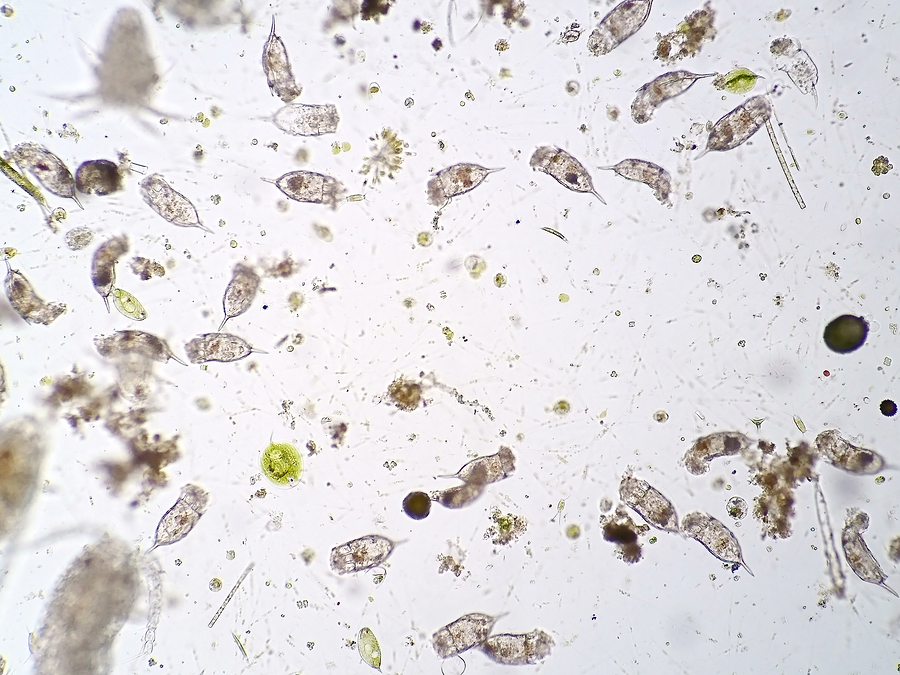By Craig Eason, Editorial Director, Fathom.World
EARLIER this year the US class society ABS brought together representatives from 27 shipowners for a workshop. They talked about ballast water; what the challenges and experiences are, both good and bad.
They recently published the results. They are eye opening.
While our industry is currently focused on the demands of the regulatory landscape, especially compliance dates with the convention coming into force in a few weeks’ time, there are other key issues that will become serious problems if owners, operators or anyone responsible for shipboard compliance fails to keep their eye on the ball.
From the owners at the ABS workshop it became clear that there are some significant operational issues that need to taken into account and many of them need to be considered before a final selection is made.
Some of the issues come down to awareness – crew training, improper storage of any chemicals (total residual oxidants), the quality and calibration of any sensors and, something that has been raised in the past but never fully resolved by manufacturers, the significant concern of cost and replacement of UV lamps in those systems using UV as a treatment method,
Filter clogging too remains a problem.
On the back of these operational issues, ABS notes that there are also vendors that do not have the after sales service network that owners would want and this has contributed to chronic interoperability.
The fact that the ABS report suggests that 43% of the systems used by owners represented in its workshop were considered inoperable or problematic suggests there is huge concern for how operable the treatment systems are once on the ship.
There are a number of different methods that treatment systems employ, but most have two or more stages to treatment.
OK, there has been an agreement at the IMO that port state inspections will refrain from posing penalties for a couple of years as both sides of the fence gain experience in using the systems, but it still does not bode well given many owners have yet to install systems.
Ballasting is largely done when in a port. A busy time. It is done while the crew (and remember the number of a crew are fewer than a few years ago) are quite busy. There’s documentation, stores, bunkering, cargo and mooring that likely need tending during a short stop.
Crews will need the training to ensure they have a full understanding of systems, then they need to know what to do when it goes wrong, and it seems there are plenty of places where things could go wrong as this is a system linked to the ballast system and the ballast pumps with their increased power demands.
It’s an unfortunate moment if your ship gets detained because a bulb has blown or a filter is clogged because your crew were not on the ball, leaving a treatment system inoperable, ballast unable to be completed, cargo operations that can’t be finished and port state inspectors able to sniff a chance to demand a fine – all when most of the invasive species have already invaded, and there remain few ports and terminals able to take ashore ballast water for treatment.
But then again, most of the issues that owners have experienced so far can be resolved. These systems likely will work, providing crew, superintendents and management remain aware that there’s a lot more to this than putting equipment on a ship and thinking it will all work fine if it is left alone. ood continuous crew training is a major part of the ABS report. Let’s hope also the equipment manufacturers after-sales service is however up to the level that owners expect.
Craig Eason
The f-word blog aims to offer a personal opinion, from the Fathom Editorial team, of events and trends in the developing transformation of the shipping industry.
































